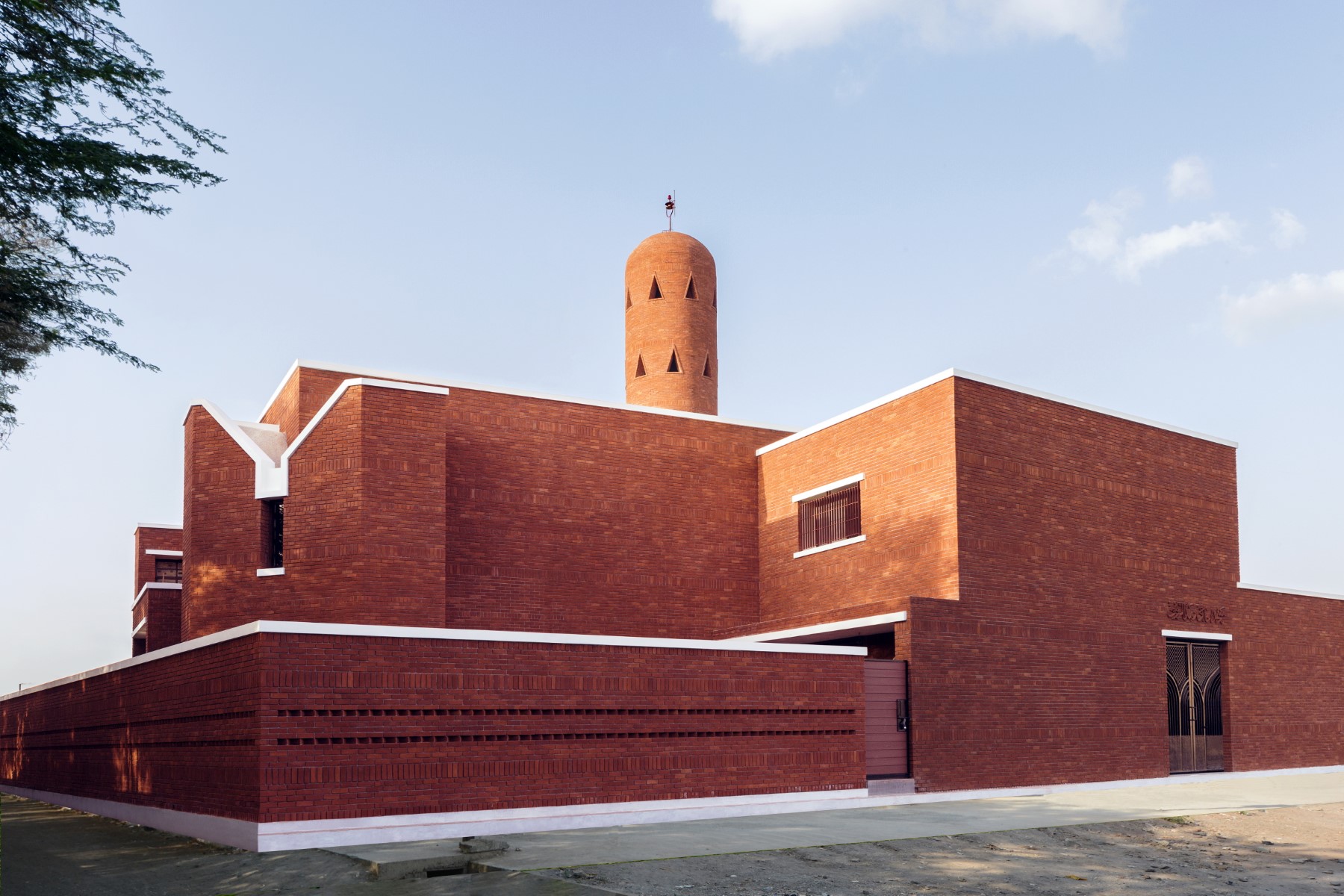
About the publication
Dharavi is well-established as one of the world’s most significant informal communities, requiring a critical reimagination for a better future. The publication Reinventing Dharavi: An Ideas Compendium is an abridged compilation of proposals received through an international ideas competition, conceived by the Urban Design Research Institute (UDRI).

One of the largest, wealthiest and the most complex slums in the world, Dharavi is faced with critical challenges of overcrowding, unsanitary living conditions, lack of water supply and electricity, deteriorated creeks and mangroves. Several attempts at rejuvenating and formalising it by various governmental bodies, have seen very little success. Existing densities in Dharavi are already high at 100,000 people per sq km and current guidelines are likely to prompt a gentrification of sorts with unheard of densities, causing a further deterioration to the quality of life.
Meanwhile, Dharavi perplexes and fascinates audiences around the world, as the life here continues to inspire art, music and film. The area continues to thrive owing to its strong sense of community, powerful economic forces and opportunity to live and work locally. However, the city has failed to look for alternative solutions beyond the SRA* model which has not been able to alleviate the living conditions of the residents.
Based on the above context, UDRI felt that it was time to reorient perceptions and reimagine Dharavi – Reinventing Dharavi: An International Ideas Competition was conceived to generate novel ideas to enhance the future potential of Dharavi, taking into account its inherent characteristics and needs of residents.
The publication collates the proposals received from all 20 teams comprising a total of 140 participants across 21 nationalities. It comprises a brief context to Dharavi and the competition, the twenty proposals and a summarised ideas matrix.

In the context of Dharavi, considering the present approaches to its planning and rehabilitation are inadequate and largely governed by the market-orientated SRA model which hasn’t yet succeeded, the UDRI felt it was time to initiate new discussions and seek alternative solutions to reimagine Dharavi. To this end, Reinventing Dharavi: an International Ideas Competition was conceived by UDRI, and the current publication is an abridged compilation of the proposals received from the twenty participating teams, providing a multi-dimensional perspective to address key urban issues in Dharavi.
*SRA – Slum Rehabilitation Authority
Disclaimer – All ideas and description contained in this publication are the views of the competitors, and do not necessarily reflect the views of UDRI. The submissions to the competition were made on the explicit understanding that UDRI was free to publish and exhibit the content, and advocate, adapt or amalgamate any of the ideas in part or full, provided the authorship of the ideas was at all times acknowledged.
Although UDRI has made every effort to ensure that the information in this publication is correct, we hereby disclaim any liability caused by errors or omissions due to the format in which the proposals were submitted by the respective teams.
About the authors/ publishers
The Urban Design Research Institute (UDRI) was established in 1984 with the aim of facilitating an understanding of urban issues of Greater Mumbai and the Mumbai Metropolitan Region (MMR), and encouraging multi-stakeholder action groups to address these. The UDRI aims to make the city and Region inclusive and humane, incorporating its cosmopolitan cultural heritage and social fabric with equitable growth and efficient infrastructure.
UDRI’s work mainly involves research of core urban issues, inviting valuable inputs from governmental organisations, civil society organisations and citizens. The UDRI also facilitates interaction among architects, urban planners, urban designers, students and professionals from related fields of economics, sociology, conservation and history. It advocates for policy change and civic participation at various scales of urban governance, attempting to make the city a space where living, working and mobility are less stressful and more enjoyable with easy access to amenities, recreational public spaces and facilities for all its citizens.
About the book:
Size of the book: 7.64” x 10.83” (Portrait),
412 pages, Hard bound book with dust jacket.
Book is available for purchase at UDRI Office at Rs 1,500 (Students – 20% discount), address below:
Address: Urban Design Research Institute, 43, Dr. V B Gandhi Marg, Kalaghoda, Fort, Mumbai – 400 023 | Email: [email protected] | T: +91 22 22822924/ +91 22 65735773













